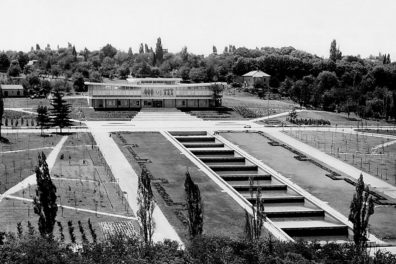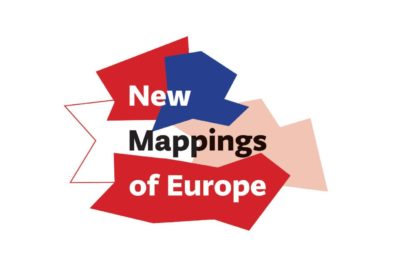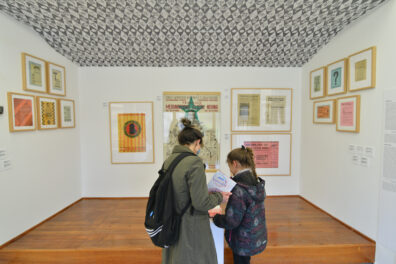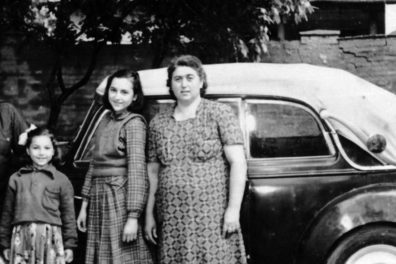
Selection of 10 objects (words, events) considered the most important or highly significant for understanding Youth Work Actions.
Collaboration between the Association of Youth Work Action Participants and Volunteers of Serbia and the Museum of Yugoslavia
This beautiful and above all useful idea by the Museum of Yugoslavia—to foster a culture of remembrance around Youth Work Actions (ORA) through a workshop as part of the preparation for an exhibition—should be strengthened and expanded by selecting not only ten objects, but also ten words and ten events (which fall under the category of intangible heritage) that are equally important for understanding ORA and illustrate what is most essential or indispensable about them.
For example, ten such words could be:
Work (physical labor)
Pickaxe (as a symbol, along with other tools)
Shock work (shock worker badges and other recognitions)
Comradeship (one of the most common reasons for participation in ORA and one of its greatest values)
Song
Greetings
Flag(s) (symbol of patriotism and collective spirit)
Uniform
Solidarity
Love
Examples of ten such events/experiences could include:
First blisters (a healthy portion of physical labor, direct interaction between human and nature)
Inter-brigade competitions in work, social, cultural, and sports activities; labor achievements of brigadiers, companies, brigades, and settlements; creative accomplishments in cultural activities
New insights gained through various forms of so-called non-formal education (courses, trainings…) and through spontaneous, so-called informal learning
Brigade marches with collective songs and greetings
Reviews, performances, campfires
Flag raising and lowering accompanied by collective singing of the anthem from the brigade flagpole—a special act of recognition for the best performance of a brigadier on a given day
Humor, jokes, and anecdotes from brigade life
Adapting to communal living, the synergy of individual and collective (the feeling that the strength of the collective comes from the freedom and responsibility of each individual, and vice versa)
Getting to know new regions, people, customs
Mutual respect and appreciation, solidarity, selflessness, sense of justice, comradeship, friendship, and love
Either before or after the workshop at the Museum of Yugoslavia, a survey-based study could also be conducted. Using a carefully selected sample and accompanied by an introductory letter, participants would be asked:
Which ten objects do you consider the most important or very important for understanding Youth Work Actions?
Which ten words do you consider the most important or very important for understanding Youth Work Actions?
Which ten events/experiences do you consider the most important or very important for understanding Youth Work Actions?
Note:
It is understandable that some answers to the three questions may overlap. This only confirms the importance of the selected objects, words, and events/experiences for a more complete understanding of Youth Work Actions.
This text was published in the second issue of the ORA Almanac, available for purchase at the Museum of Yugoslavia’s gift shop.

The Origins: The Background for Understanding the Museum of Yugoslavia
Creation of a European type of museum was affected by a number of practices and concepts of collecting, storing and usage of items.

New Mappings of Europe

Museum Laboratory
Starting from the Museum collection as the main source for researching social phenomena and historical moments important for understanding the experience of life in Yugoslavia, the exhibition examines the Yugoslav heritage and the institution of the Museum

